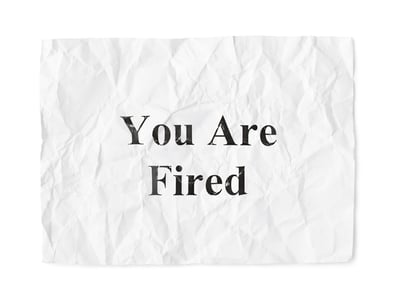90% of performance appraisal processes are inadequate.
True story:
Roberta was hired to be HR Director for a Twin Cities title abstract company that had 75 employees and three locations. When she was hired she was promised reviews every six months for her first two years. She answered directly to the
president who seemed happy with her performance. Roberta received three nice pay increases on her six, twelve and eighteen month anniversaries. She didn’t received a written performance appraisal, but the salary increases lead her to believe she was doing a good job. Twenty months into her tenure she was called into the president’s office and fired.
Let’s face it, doing performance appraisals can be hard. Most of us have little or no training in how to give objective and constructive feedback. We feel uncomfortable and inadequate when it comes to doing annual reviews for our employees.
Here are eight tips that will improve your review process:
- Instead of dreading appraisals as an annual administrative chore, think of them as conversations where you and your employee have the opportunity to discuss constructive, concrete suggestions to ensure success and growth
- Keep notes throughout the year and be specific. Your performance appraisal will be much more useful and objective when you can add, “For example…”
- Don’t forget to look at past appraisals which will help you identify patterns. Each appraisal by definition covers a finite period of time, however if the goal is to assess potential, reviewing past appraisals can be useful.
- Be forward thinking and solution-oriented when offering feedback. When an employee deserves a poor review focus on areas needing improvement.
- If employees need to develop specific skills such as bookkeeping, communication or technology, put together a list of course offerings by local institutions.
- Ask employees what their strong points are and where they think they need to improve their skills.
- Connect the performance appraisal to the job description. There needs to be a clear connection between what an employee is being measured on and what they have been hired to do. These documents should be examined and updated when necessary.
- Don’t try to fix everything; focus on a couple key areas that need the most improvement.
When performance appraisals have accomplished their purpose, you and your employee will know what has to be done to improve their performance.
Praise should be earned. Criticism should be specific culminating with a clear understanding of benchmarks that need to be met. Your follow through will be essential to ensure the employee stays on track.
If you’d like to see an example of what not to do during an appraisal, check out this YouTube video,Performance Appraisal Gone Bad.

